Recently, I noticed that written comments were being submitted to the City without a name attached. I asked the City Clerk about this, and apparently the Brown Act doesn't require that one identify themselves to attend a public meeting. A quick online search confirmed that information, but it's a little less clear on whether or not speakers need to identify themselves (and likewise whether or not written comments need to include the identity of the speaker). There is apparently case law that implies that a speaker doesn't need to identify themselves and likewise wouldn't need to include identifying information in written comments, and the City Clerk indicated that other City Clerks with whom she communicates have also noticed a trend in people not identifying themselves in written comments to their respective cities.
While it may be the law, and increasingly a common practice, I think it's a further erosion of our civility as a society. I also think that if one is trying to influence public policy by persuasively speaking or writing to the makers of public policy (Commissioners, Council Members, Committee Members, etc.) then at the very least one should identify themselves, if only voluntarily, to the policy makers and the public audience. It's simply too easy to be a keyboard warrior and to express opinions and/or mis-statements of facts without any accountability -- and that's not healthy for our community.


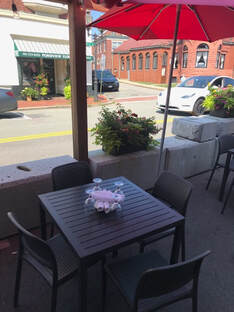
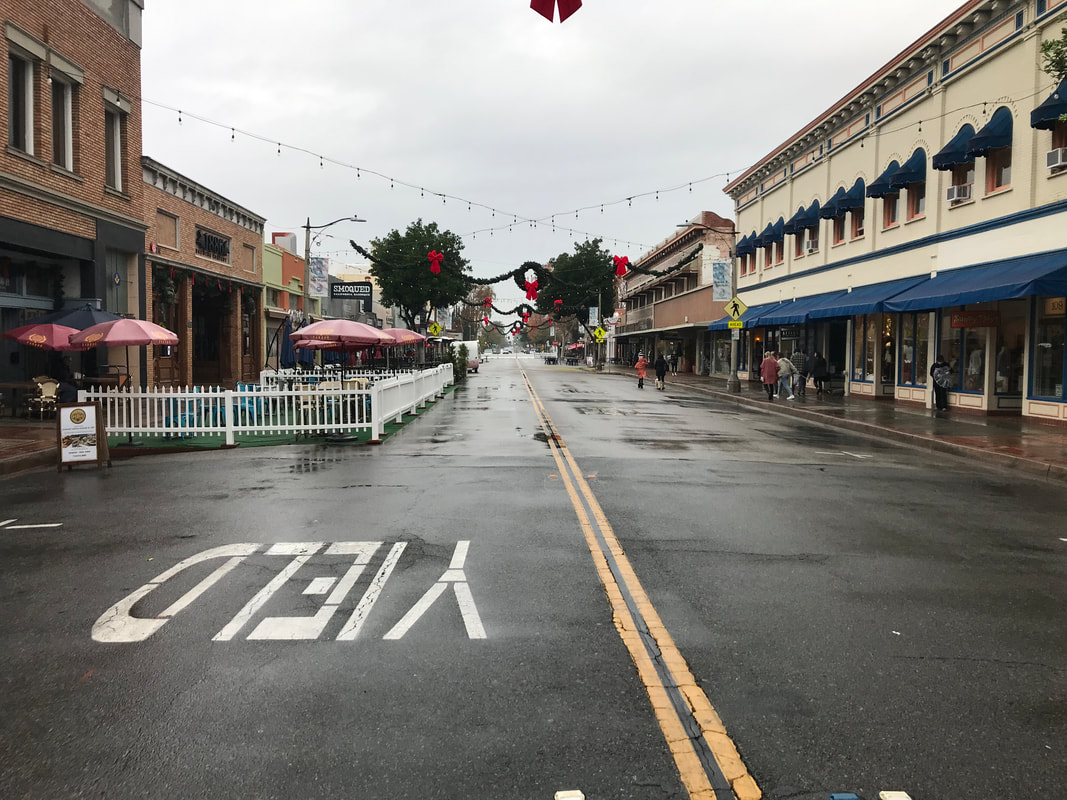
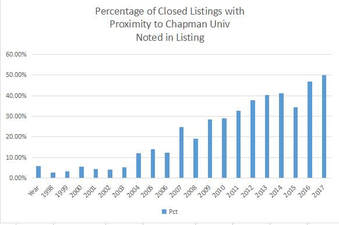
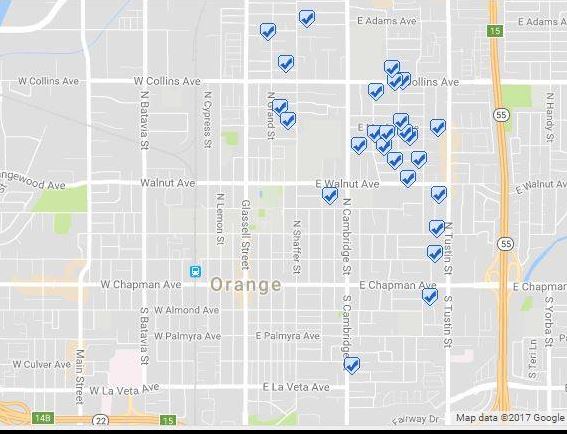
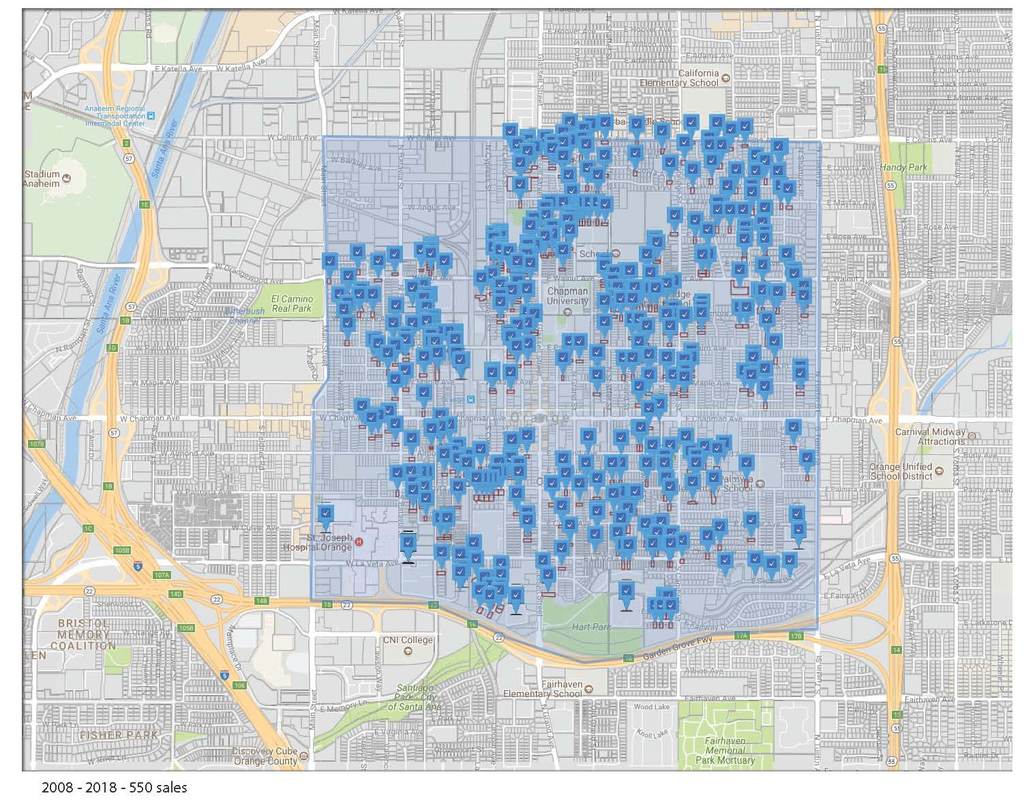
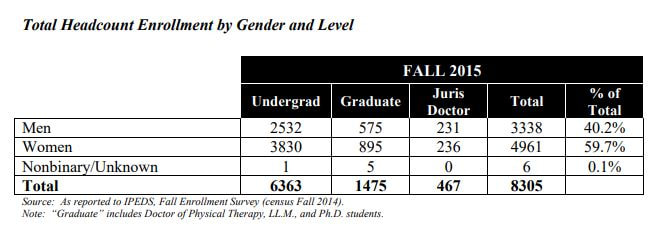
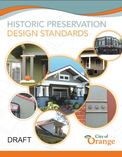


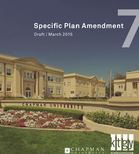

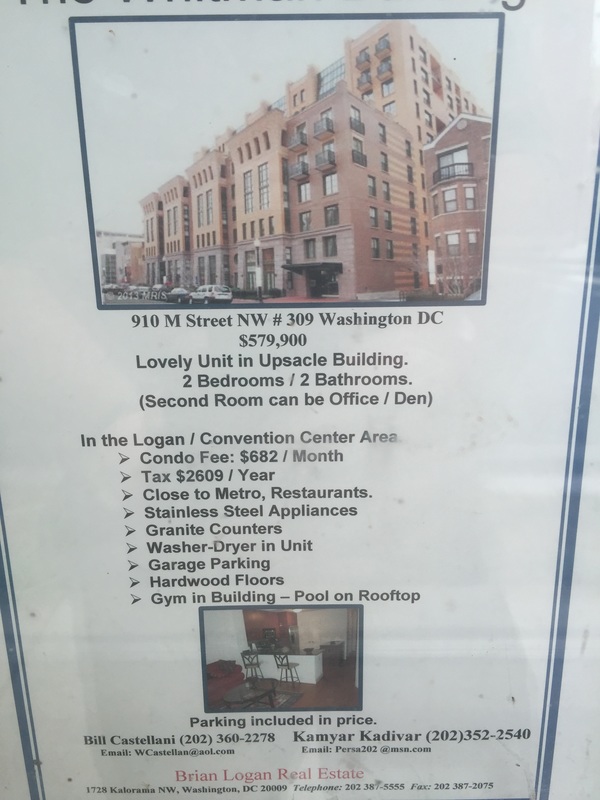
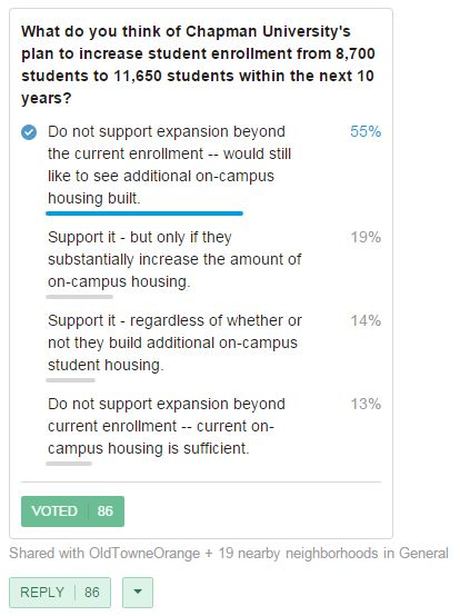
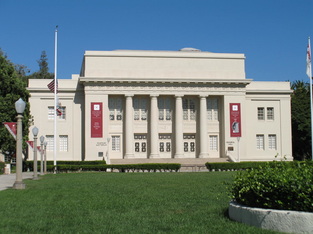


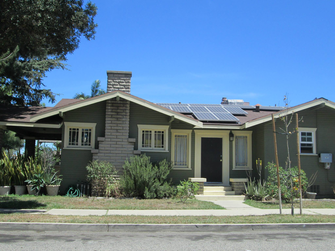

 RSS Feed
RSS Feed